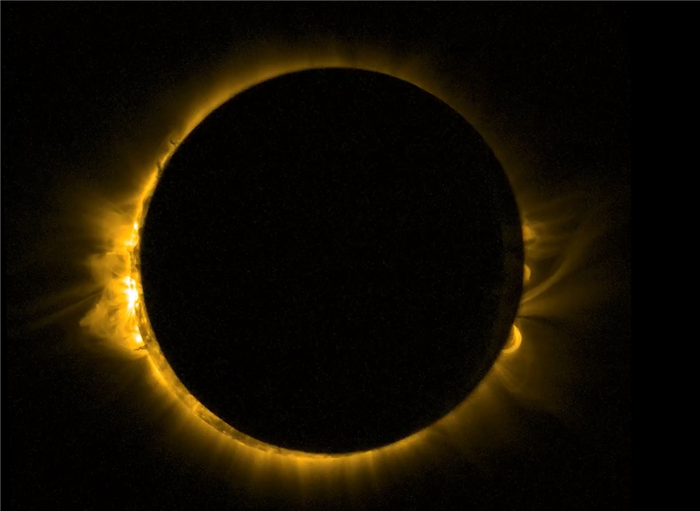It really is a big deal. Totally! On August 21, 2017, the Great American Eclipse will stream across our beautiful Perry County sky casting the moon’s shadow down on us turning our day into night and thousands of people will be looking up at that glorious corona with wonder and amazement. I’m told it is a very emotional experience. Some people will cheer, some will cry and most will be speechless after it has passed not knowing exactly how to describe what they just witnessed.
Eclipses aren’t rare, as a matter of fact most calendar years have at least four eclipses, which is the minimum number of eclipses that must take place in a year. Two of these four eclipses must be solar while the other two will be lunar. It’s easy to get these two types mixed up. An easy way to remember the differences is in the name. The name tells you what gets darker when the eclipse happens. In a solar eclipse, the sun gets darker. In a lunar eclipse, the moon gets darker. And to complicate thing more, there are two different types of solar eclipses, annular and total.
What makes a total solar eclipse seem rare is the ability to get in the shadow’s path to witness the “totality”. In most cases, eclipse chasers find themselves scrambling to find suitable sites for viewing. Many solar eclipses occur over dense jungles, frozen tundra, unsafe territories or vast miles of ocean. The 2017 Great American Eclipse has a shadow path of approximately 70 miles wide and will start in Oregon and exit out North Carolina making this solar event an eclipse chasers smorgasbord of viewing site options!
But for Perry County this is an extremely rare event. The last total solar eclipse to touch United States soil was in August 1979. Although, many visitors traveled to the Pacific Northwest corner since it would be the last chance to view an eclipse in the United States for almost four decades, it was not directly observable due to the overcast skies.
The last eclipse to cross the United States like this summer’s eclipse, was on June 8, 1918. This solar eclipse swept below Missouri through Arkansas and exited out Florida. Little is mentioned on this solar event as much of our attention was focused on WWI and our troops abroad. In fact, the last time Perry County has ever been shadowed by the moon during a total solar eclipse was in 1442!
With our technology, highways, social media and viewing destination access the Great American Eclipse is poised to be the most viewed total solar eclipse event in astronomy history and Missouri is slated to be the most viewed state along its path by sheer population alone.
It’s said on average, the same spot on Earth only gets to see a solar eclipse for a few minutes about every 375 years. Eclipse events, rare or not, quite possibly could be more about the location. Perry County will get to experience a total solar eclipse on August 21, 2017 and then again on April 8, 2024 and that my astronomical friends, rare or not, is a really big deal!

